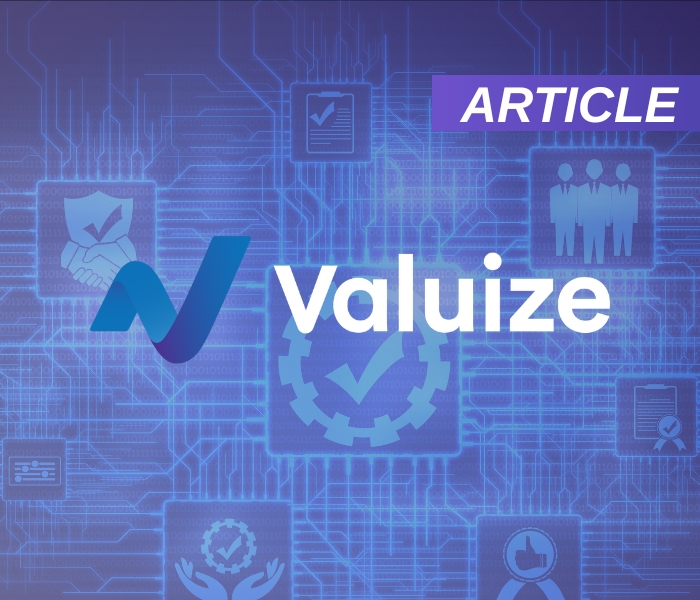Adopting a Customer Success Platform (CSP) is a critical initiative for any enterprise looking to maximize customer value, retention and expansion with scale and efficiency. Yet, a common pitfall in the journey of successfully adopting a CSP is the lack of robust Quality Assurance (QA) and User Acceptance Testing (UAT) practices. These are two often-overlooked phases that can transform your organization’s ability to realize value and achieve target outcomes from your CSP investment.
When executed with precision, QA and UAT accelerate time-to-value, empower CS teams, and mitigate adoption risk—ultimately pioneering a scalable foundation for delivering consistent, measurable success to your customers.
Let’s explore how these processes work together, how to implement them effectively, and why overlooking them can have significant downstream consequences for your CS organization.
Software Implementation Is Software Development
First, it’s essential to recognize a key truth: implementing and configuring enterprise-grade software applications, including CSPs, is a form of software development. While it may not involve writing lines of code, it involves architecting workflows, integrating systems, designing data models, and building automations. Like any development project, what you build must be tested—not only for technical soundness but also for business alignment.
Yet, too often, CS and Rev Ops teams rush to deliver functionality within their CSP under tight timelines, bypassing structured QA and UAT. This can lead to technical debt, broken processes, and eroded user trust in the system
By applying proven principles from software development—such as peer QA, structured UAT, and impact assessment—you can ensure that every feature, workflow, and integration in your CSP delivers maximum value without unintended business disruptions.
This is especially crucial for complex strategic initiatives like Digital Customer Journey Orchestration, where multiple touchpoints and conditions need to be tested and validated (see the example below).
QA vs. UAT: A Strategic Partnership for Adoption Success
While both QA and UAT are testing processes, they serve distinct yet complementary purposes in driving successful adoption.
Quality Assurance (QA) is the technical validation phase. It ensures that every configuration, workflow, integration, and automation functions as intended, without bugs or unintended consequences. QA should be conducted by a separate admin or CS Ops resource—not the original builder—to provide a fresh, objective perspective and uncover potential gaps or errors.
For a practical illustration, let’s consider a basic digital customer onboarding journey. QA would involve verifying that the correct emails are triggered at the right time, the data updates as expected in the CSP, and any conditional logic is functioning flawlessly.
User Acceptance Testing (UAT) is the functional validation phase. Here, end-users across your CS organization validate that the solution meets their business needs and supports their day-to-day workflows in real-world scenarios.
Using our customer onboarding journey example, UAT would involve CSMs and potentially even a pilot group of customers experiencing the journey to ensure it’s intuitive, provides value, and aligns with the intended customer experience.
Both processes are vital: QA ensures the tool works; UAT ensures the tool works for your users.
Understanding the Risks: What Happens Without Proper QA and UAT?
Skipping or underinvesting in QA and UAT can lead to significant risks, including:
- Broken workflows that prevent CSMs from managing accounts effectively. Imagine if our customer onboarding journey fails to assign key tasks to CSMs, leading to missed follow-ups and a poor initial customer experience.
- Incorrect data that undermines reporting, forecasting, and customer health visibility. If the onboarding journey doesn’t accurately update customer status or key milestones in the CSP, it will skew reports and hinder proactive customer management.
- User frustration and tool abandonment, forcing your team back into spreadsheets and manual workarounds. If the onboarding journey is buggy or confusing, CSMs might resort to their own manual high-touch onboarding processes, defeating the purpose of the automation.
- Increased support burden on CS Ops teams to fix issues post-launch. A poorly tested onboarding journey could generate a flood of support tickets from both internal users and customers.
- Loss of trust in your systems, which can take months to rebuild. If the initial customer onboarding journey experience is negative due to technical issues, it can damage customer trust right from the start.
Ultimately, without proper testing, you risk delaying value realization, disrupting your CS operations, and jeopardizing customer outcomes






